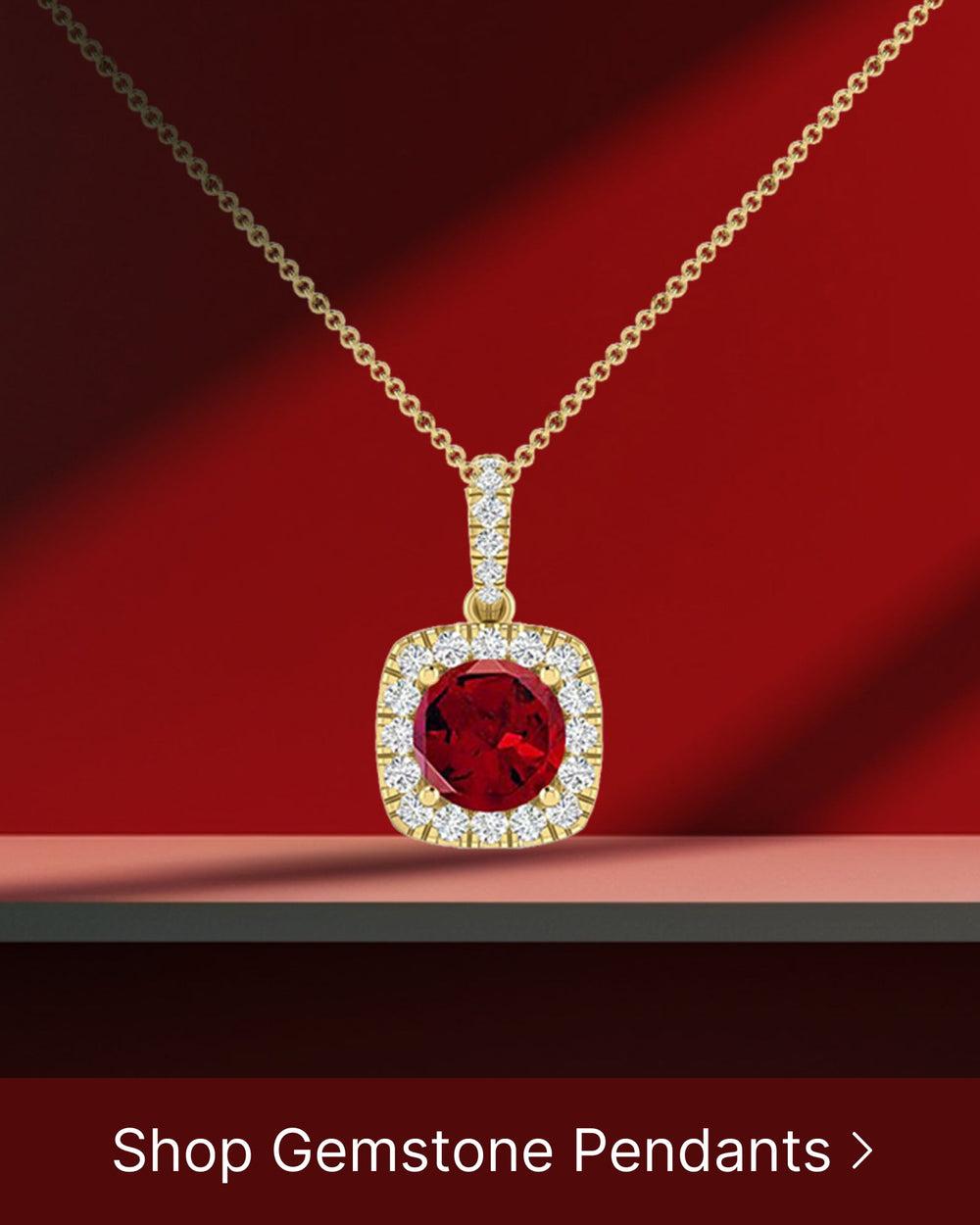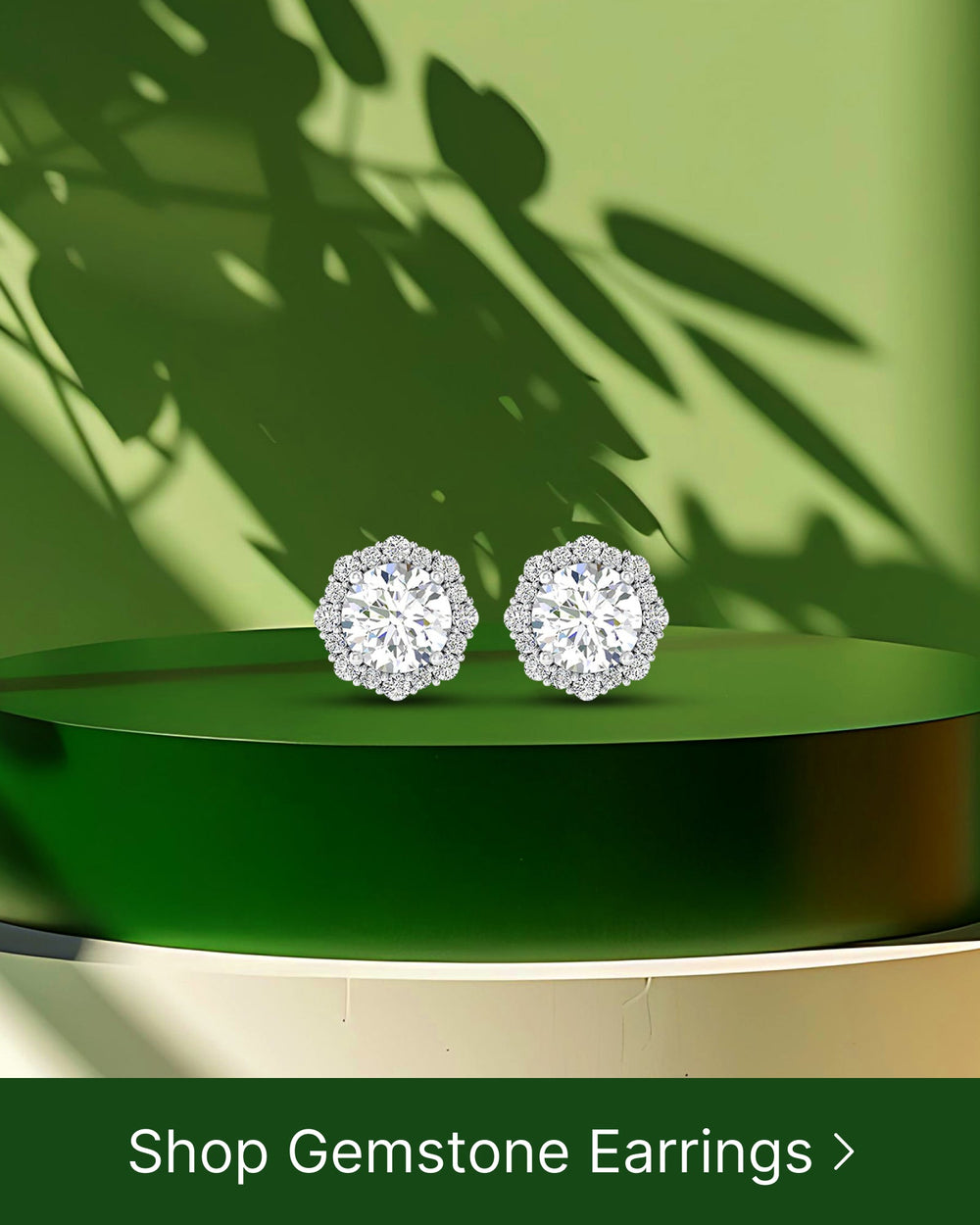Sensory jewelry is a unique form of personal adornment that goes beyond mere aesthetics, embracing the power of texture, touch, and tactile design. By engaging multiple senses, sensory jewelry offers wearers a heightened sensory experience that can evoke emotions, engage memories, and foster a deeper connection with both the piece itself and the world around them.
Understanding Sensory Jewelry
The Concept of Sensory Jewelry
The concept of sensory jewelry revolves around the idea that jewelry can be more than just a decorative accessory. It can be a tool for sensory exploration and self-expression. Sensory jewelry is designed to stimulate the senses and provide a tactile experience that goes beyond the visual.
When we think of jewelry, we often focus on its aesthetic appeal. However, sensory jewelry takes it a step further by incorporating elements that engage our sense of touch, creating a multi-dimensional experience. By incorporating different textures, materials, and shapes, sensory jewelry invites us to explore and interact with the piece in a more intimate and personal way.
Imagine running your fingers along a necklace with smooth, polished beads, feeling the coolness against your skin. Or perhaps you prefer the rough, natural texture of a stone pendant, which adds a sense of grounding and connection to the earth. With sensory jewelry, the possibilities are endless, as designers experiment with various materials and techniques to create pieces that offer a sensory journey.
The Role of Texture in Sensory Jewelry
Texture plays a crucial role in sensory jewelry, as it provides the wearer with a tangible experience. The use of various textures, such as smooth, rough, soft, or bumpy, adds depth and dimension to the jewelry piece, creating a sensory journey for the wearer.
For example, a bracelet made of interlocking metal links can offer a satisfying tactile sensation as you run your fingers across its intricate pattern. The contrast between the cold, metallic surface and the warmth of your skin creates a unique sensory experience. Similarly, a necklace adorned with soft, velvety fabric can provide a comforting touch, evoking a sense of coziness and relaxation.
Texture not only enhances the physical experience of wearing jewelry but also adds visual interest. The interplay of different textures can create a captivating aesthetic, drawing attention to the piece and making it a statement accessory. Whether it's the smoothness of glass beads, the roughness of a hammered metal pendant, or the softness of a silk ribbon, texture in sensory jewelry adds another layer of complexity and allure.
The Importance of Touch in Sensory Jewelry
Touch is a powerful sense that can evoke emotions and memories. In sensory jewelry, touch plays a central role as it allows wearers to physically interact with the piece. The tactile sensation created by the jewelry can provoke a range of feelings, from comfort and nostalgia to excitement and intrigue.
When we touch an object, our brain receives signals that trigger emotional responses. Sensory jewelry harnesses this connection by offering a tactile experience that can be deeply personal and meaningful. The act of touching and feeling the textures of the jewelry can evoke memories, transport us to different places, or simply provide a moment of sensory pleasure.
Moreover, touch can also serve as a form of self-expression. By choosing to wear a particular piece of sensory jewelry, we communicate our preferences and personality to the world. The textures we are drawn to can reflect our mood, style, or even our desire for sensory stimulation. Whether it's a bold, chunky bracelet that demands attention or a delicate, intricate ring that whispers elegance, sensory jewelry allows us to convey our individuality through touch.
In conclusion, sensory jewelry goes beyond mere adornment. It invites us to engage our senses, explore textures, and connect with our emotions. By incorporating touch into the design, sensory jewelry creates a unique and personal experience for the wearer, making it more than just an accessory, but a sensory journey.
The Art of Tactile Design in Jewelry
Defining Tactile Design
Tactile design refers to the intentional incorporation of elements that invite touch and interaction. It goes beyond the visual appeal of jewelry, focusing on creating a sensory experience for the wearer. In sensory jewelry, tactile design is not just about the materials used but also about the arrangement of those materials. Curves, ridges, and raised surfaces are carefully considered to enhance the tactile experience.
Imagine running your fingers along the smooth, polished surface of a silver pendant, feeling the coolness against your skin. As you explore further, your fingertips encounter a delicate pattern of raised dots, creating a subtle texture that adds depth to the design. This intentional incorporation of tactile elements not only adds visual interest but also invites you to engage with the piece on a physical level.
Tactile design in jewelry is a way to bridge the gap between the visual and the tactile senses, creating a harmonious balance between aesthetics and functionality. It allows the wearer to not only see the beauty of the piece but also feel its intricate details, forging a deeper connection between the jewelry and its owner.
The Connection Between Tactile Design and Sensory Jewelry
The connection between tactile design and sensory jewelry is evident in the way each complements and enhances the other. Tactile design allows sensory jewelry to transcend traditional boundaries and become an interactive, transformative piece that engages the wearer on a deeper level.
When you wear a piece of sensory jewelry, you become an active participant in its story. The tactile elements incorporated into the design invite you to explore the piece with your sense of touch, allowing you to fully experience its texture, weight, and shape. This interaction creates a personal connection between you and the jewelry, making it more than just an accessory.
For example, imagine wearing a necklace adorned with a pendant that features a combination of smooth and rough surfaces. As you run your fingers along the pendant, you can feel the contrast between the two textures, creating a dynamic sensory experience. This tactile design not only adds visual interest but also engages your sense of touch, making the jewelry a multi-dimensional work of art.
Sensory jewelry, with its emphasis on tactile design, has the power to evoke emotions and memories. The way a piece feels against your skin can transport you to a specific moment in time or evoke a particular sensation. It becomes a wearable reminder of a cherished memory or a source of comfort in times of need.
In conclusion, tactile design plays a crucial role in the world of sensory jewelry. It adds depth, interactivity, and personal connection to the pieces, elevating them from mere accessories to meaningful works of art. By incorporating tactile elements, jewelry designers create pieces that engage the senses and invite the wearer to embark on a sensory journey.
The Materials Used in Sensory Jewelry
Sensory jewelry is a unique and innovative form of jewelry that is designed to engage and stimulate the senses. It goes beyond just aesthetics and focuses on providing a sensory experience for the wearer. When it comes to creating sensory jewelry, designers have a wide range of materials to choose from, each offering its own unique qualities and textures.
Common Materials for Texture
Texture plays a crucial role in sensory jewelry, as it adds depth and interest to the piece. Designers often experiment with different materials to create textured surfaces that can be visually and tactilely appealing. One popular choice is metals like silver and gold, which can be textured through techniques such as hammering or etching. These techniques create intricate patterns and designs on the surface of the metal, adding a visually stimulating texture to the jewelry.
In addition to metals, natural materials like wood or stone are also commonly used to add texture to sensory jewelry. Wood can be carved or shaped to create unique patterns and textures, while stone can be polished or left in its natural state to showcase its inherent texture. Both materials offer a tactile experience that is both visually and physically engaging.
Choosing Materials for Tactile Design
When it comes to tactile design, designers carefully consider the materials they use to enhance the wearer's sensory experience. The tactile properties of the materials play a crucial role in determining how they will feel against the skin and how they will interact with the wearer's senses.
Soft materials like fabric or leather are often incorporated into sensory jewelry to provide a comforting touch. These materials have a gentle and soothing feel against the skin, creating a sense of comfort and relaxation for the wearer. They can be used in various ways, such as lining the interior of a bracelet or incorporating fabric elements into a necklace, to create a tactile experience that is both pleasing and comforting.
On the other hand, hard materials like beads or gemstones add a contrasting tactile element to sensory jewelry. These materials have a smooth and polished surface that can be cool to the touch. They offer a different sensory experience, creating a sense of weight and solidity when worn. The smooth surface of beads or gemstones can also provide a satisfying tactile sensation when touched or rubbed.
In conclusion, the materials used in sensory jewelry are carefully chosen to provide a multi-sensory experience for the wearer. From textured metals to natural materials and soft fabrics to hard gemstones, each material contributes to the overall sensory appeal of the jewelry. Whether it's the visual interest of textured surfaces or the tactile pleasure of different materials, sensory jewelry offers a unique and engaging experience for those who wear it.
The Impact of Sensory Jewelry
Sensory Jewelry and Emotional Connection
Sensory jewelry has a profound impact on wearers, often forging an emotional connection that extends beyond the physical piece. The tactile experience offered by sensory jewelry can evoke memories, trigger emotions, and provide a source of comfort or empowerment.
Sensory Jewelry in Fashion and Style
The growing popularity of sensory jewelry in the fashion industry is a testament to its ability to merge style with sensory exploration. Fashion-forward individuals are embracing sensory jewelry as a way to express their individuality and engage with their senses in a unique and personal way.
Creating Your Own Sensory Jewelry
Steps to Designing Sensory Jewelry
If you're inspired to create your own sensory jewelry, there are a few steps you can follow to bring your vision to life. Start by brainstorming ideas and concepts, then consider the materials and textures you want to incorporate. Sketch out your design, gather your materials, and begin crafting your piece.
Tips for Incorporating Texture and Touch
When incorporating texture and touch into your sensory jewelry, consider the overall theme or inspiration behind your piece. Experiment with different materials, such as beads, chains, or cords, and explore different techniques like weaving, knotting, or wire wrapping to create interesting textures. Don't be afraid to mix materials and textures to add depth and intrigue to your design.
By embracing the world of sensory jewelry, you open yourself up to a new realm of personal expression and sensory experience. Explore the possibilities, experiment with texture and touch, and let your imagination guide you as you create your own unique pieces of sensory jewelry.





